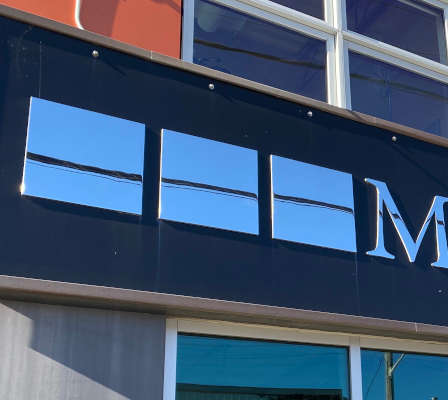
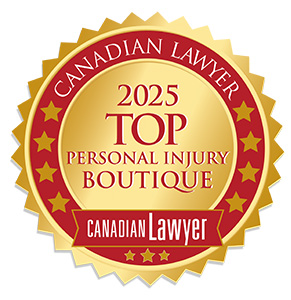

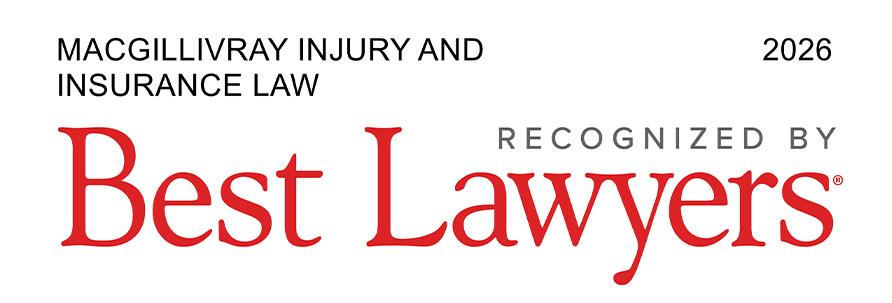
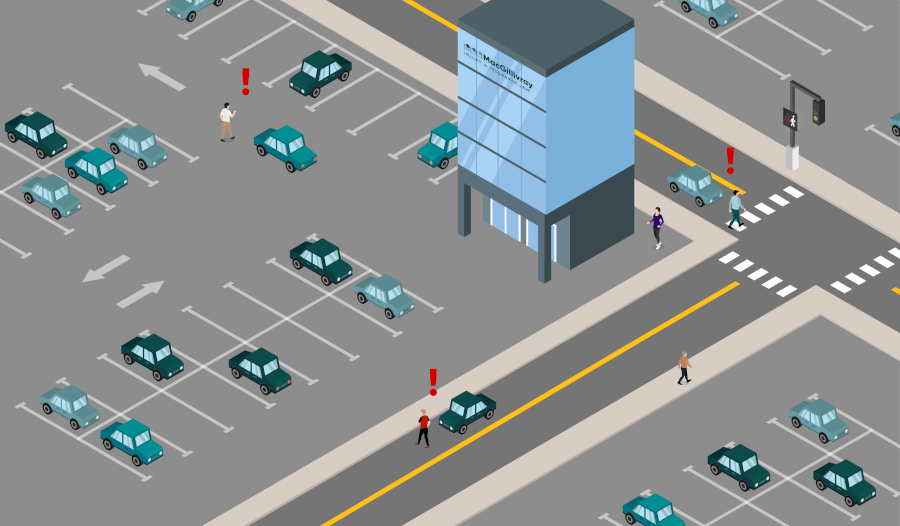
Both pedestrians and motor vehicles must abide by the rules of the road. However, pedestrians are in a vulnerable position relative to drivers. Because of the protection imbalance between a person seated in a vehicle and a person walking across a street, a car accident can easily cause serious injuries. Drivers must recognize their responsibility to obey traffic laws and share the road, while pedestrians must strive to stay safe and visible.
What should you do if you’re hit by a vehicle as a pedestrian?
After being hit by a car, truck, bus, or any other motor vehicle as a pedestrian, call emergency services if you can. They can provide immediate care and create a police report. This report could be vital if you decide to file a personal injury lawsuit later.
If you’re able, collect information at the scene. Note the driver’s name, contact details, insurance policy, and vehicle information. Get names and contacts of any witnesses and take photos if possible. These can help prove negligence if you pursue legal action. If you cannot get all these details, we can help you gather the information where possible.
Remember, in Nova Scotia, you usually have two years to file a lawsuit if you’re injured in a car accident, according to section 8 of the Limitation of Actions Act, RSNS 2014, c C-35. However, there may be exceptions. It’s wise to consult an experienced pedestrian accident lawyer soon after the collision to protect your right to compensation. Schedule a free consultation to learn more.
Common accident injuries
Pedestrians lack the protection of seatbelts and car frames. In a collision, they are often propelled through the air or knocked onto the concrete, often causing more severe injuries than those inside a vehicle.
A recent study conducted in Toronto found that reducing posted speed limits from 40 km per hour to 30 km per hour on local roads decreased both the frequency and severity of pedestrian accident injuries.
Some common injuries arising out of pedestrian accidents, include:
- Fractures and broken bones
- Head trauma, including concussions and traumatic brain injuries
- Spinal cord injuries
- Psychological injuries, such as PTSD (Post Traumatic Stress Disorder) and anxiety
- Soft-tissue injuries, such as sprain and strains
- Scrapes, bruises, abrasions, and lacerations
After an accident, you might not feel pain right away due to shock. Some injuries might appear only later. It’s crucial to see a doctor promptly to diagnose and treat any injuries. If you plan to pursue an injury claim, the medical records will be key evidence. Consider scheduling a free consultation to explore your legal options.
Who has the right of way in Nova Scotia?
Crossing the street
In Nova Scotia, pedestrians have the right of way at crosswalks, while vehicles have it on the rest of the streets. Crosswalks might be marked with white lines or unmarked at intersections. Some even have lights and signals to guide right-of-way.
Nova Scotia’s right of way rules are set out in Section 125 of Nova Scotia’s Motor Vehicle Act. Here is a simple breakdown:
- If there’s no traffic signal, pedestrians at any crosswalk (marked or unmarked) have the right of way.
- At traffic-light-controlled intersections, pedestrians must follow the same signals as drivers. They have the right of way during a green light and can continue to cross if the light changes while they’re in the crosswalk.
- At “walk” signals, pedestrians have the right of way when they’re lit, and shouldn’t enter the crosswalk if “don’t walk” is shown.
Places like Gottingen Street in Downtown Halifax can be particularly risky, so it’s vital to stay alert and follow these rules. For local accident statistics, you can refer to reports released annually by the Halifax Regional Municipality and Police.
Parking lots
In a parking lot, both drivers and pedestrians must be aware of potential collision hazards. When a pedestrian accident occurs in a parking lot or on any other private roadway or property in Nova Scotia, the typical rules of negligence will apply: the injured person is responsible for proving that the driver who hit them was at fault for the accident and their resulting injuries. An injury lawyer will collect the evidence necessary to prove this on your behalf.
Consider the case of Rennehan v Heffernan, [2008] NSJ No 67, where Ms. Rennehan was walking to her car in a business complex parking lot after dusk, with light snow falling. She was hit by a car and thrown onto its hood, injuring her head.
The judge found the driver 100% liable. Ms. Rennehan was crossing on yellow cross-hatched lines under a light pole, right after a painted “stop” sign on the ground. Cars had to stop before entering this part of the lot, and the driver, who was familiar with the parking lot, should have seen her. The lighting was adequate, and the weather didn’t obscure visibility.
This scenario is not uncommon. The driver in this case should have been more mindful of pedestrian activity instead of acting carelessly.
Sidewalks
Pedestrians usually have the right of way on sidewalks. If a vehicle hits someone there, the driver is typically liable for the injuries. Rarely, a pedestrian might share some blame, especially near roadway intersections.
Consider the case of MacPherson v. Campbell, 1980 Carswell NS 180 (NS SC), where one snowy night, Mr. MacPherson was hit by a car as he stepped onto the curb, having just crossed the street away from an intersection after exiting a cab. He wasn’t fully on the sidewalk and was knocked unconscious.
Though the court found that the driver, Mr. Campbell, was driving at a safe speed for the slippery conditions, he wasn’t paying enough attention. Mr. MacPherson, too, was at fault for crossing quickly from behind a parked vehicle and without looking, away from a crosswalk. Liability was divided, with 70% attributed to Mr. MacPherson and 30% to Mr. Campbell.
What does a lawyer need to prove on behalf of an injured pedestrian in Nova Scotia?
In most vehicle accidents, the injured person’s lawyer must prove that the other driver’s negligence caused their injuries. But in Nova Scotia, the situation is unique when a pedestrian is struck by a vehicle. In this case, the burden is reversed; the driver must prove they were not at fault. This shift recognizes the vulnerability of pedestrians and stresses the need to follow traffic laws.
In legal terms, this burden of proof is judged on a ‘balance of probabilities.’ The driver must show it’s more likely they were not responsible. If they meet this standard, the court then decides if the pedestrian was fully or partially at fault for the accident.
If the driver is even partially at fault, they must pay some damages to the injured pedestrian for the harm caused.
What happens when a pedestrian is partially responsible for a car accident?
When the actions or inactions of the pedestrian played a contributing role in the accident, sometimes fault for the accident is shared between the motorist and the pedestrian. This is called contributory negligence, and it means the fault is divided between the motorist and the pedestrian.
If a pedestrian is partly responsible, their compensation is reduced by the percentage of their fault. For example, if they’re awarded $100,000 but are found 25% at fault, they’ll receive $75,000. In rare cases, a pedestrian might be found entirely at fault, if their actions were such that the driver couldn’t have avoided the accident.
What might cause a pedestrian to share the blame? Factors include:
- Using a phone or texting while crossing
- Wearing headphones
- Crossing without the right of way
- Not checking for approaching vehicles
- Wearing dark, non-reflective clothing at night
- Walking on the wrong side of the street if there’s no sidewalk
In these scenarios, the pedestrian’s compensation would be adjusted according to their responsibility for the accident.
Contributory negligence doesn’t mean the victim is left without compensation. Rather, it reduces the amount awarded. A personal injury lawyer can help by collecting the necessary information and building a case to maximize the victim’s entitled damages. Even if some fault lies with the injured party, legal assistance can help in obtaining significant compensation. Book a free consultation to learn more.
Case law examples on contributory negligence
Determining who’s at fault in pedestrian accidents requires examining the specific facts of each case. Every claim is unique, and the court may consider a range of factors to evaluate whether both the pedestrian and driver share responsibility. Case law examples, like the ones below, can highlight how these factors play out in real situations.
Kippenhuck v. Evoy, 2020 NLSC 24
One dark November evening in Happy Valley-Goose Bay, Ms. Kippenhuck and Mr. Ivany were walking their dog on Campbell Street. They were on the right side of the road, where traffic would approach from behind, and neither wore reflective clothing. The defendant, Mr. Evoy, hit them both with his car.
The court ruled that Mr. Evoy was at fault for not driving carefully, particularly for not watching for pedestrians and driving on the gravel shoulder. However, Ms. Kippenhuck was also partly to blame. Section 128(2) of the Highway Traffic Act, RSNL 1990, c C-33, states that pedestrians should walk on the left side of the road, facing oncoming traffic if there’s no sidewalk. While breaking this rule alone wasn’t enough to find her at fault, the combination of walking on the wrong side of the road at night without reflective clothing showed a lack of care on her part.
The court divided responsibility for the accident, assigning 90% to Mr. Evoy and 10% to Ms. Kippenhuck.
Simpson Estate v. Cox, 2006 NSSC 84
Mrs. Simpson, an 81-year-old pedestrian, was hit and killed by Ms. Cox’s car while crossing Fraser Avenue in front of her house in Sydney Mines. Though Mrs. Simpson was nearly across the street, she wasn’t using a crosswalk. There was no sidewalk in the area, and Mrs. Simpson would have had to walk with traffic behind her to reach the nearest crosswalk. While Mrs. Simpson should’ve checked for traffic, Ms. Cox was also expected to drive carefully and notice pedestrians. The court ruled that Ms. Cox was 40% at fault, while Mrs. Simpson bore 60% of the responsibility.
How can pedestrians hurt in an accident in Nova Scotia be compensated?
If a pedestrian is injured in a car accident, financial compensation through insurance is available. This can cover different types of damages, including pain and suffering, lost wages, reduced ability to do household chores, future medical care, and out-of-pocket expenses like medical costs. Certain benefits, such as income replacement and some medical coverage, are available regardless of fault through Section B insurance.
Unlike typical car accidents involving drivers or passengers, where individuals are covered by their own auto insurance policies, insurance coverage for pedestrians may vary, adding a layer of complexity to the situation.
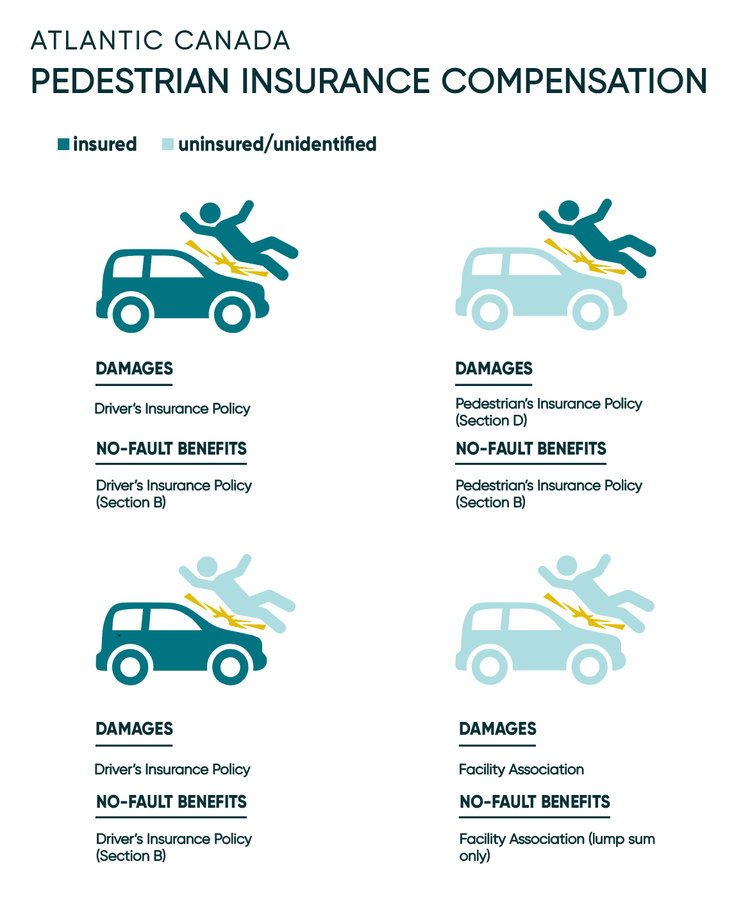
Insured pedestrian
If a pedestrian has car insurance, either individually or as a dependent, seeking damages depends on the driver’s insurance. If the driver is insured, their policy will cover the pedestrian’s damages and Section B benefits. In a situation where the driver is uninsured or unknown, like a hit-and-run, the pedestrian’s own insurance will provide compensation, as per Nova Scotia’s Insurance Act.
Uninsured pedestrian
If a pedestrian lacks insurance, getting compensation depends on the driver’s insurance. If the driver has insurance, that policy will cover the pedestrian’s damages. If the driver isn’t insured or is unknown, the Facility Association will provide coverage. Even without the pedestrian’s own insurance, Section B benefits, including income replacement and medical coverage, can be negotiated as a lump sum with the Facility Association.
Our experienced personal injury lawyers can help you navigate your claim for compensation.
Standard policy in Nova Scotia
Have questions for our team?
Frequently Asked Questions
- Hit while jaywalking—can I make an insurance claim?
- How can a lawyer help with my personal injury claim?
- Should I accept the settlement my insurance company offers me?
- How much is my injury claim worth?
- How can I help my personal injury lawsuit to get the best settlement?
- How long does a personal injury claim take?
What Our Clients Say...
Request a
Free Consultation
If you would like to learn your legal options at no obligation, contact us today to set up a free consultation.
